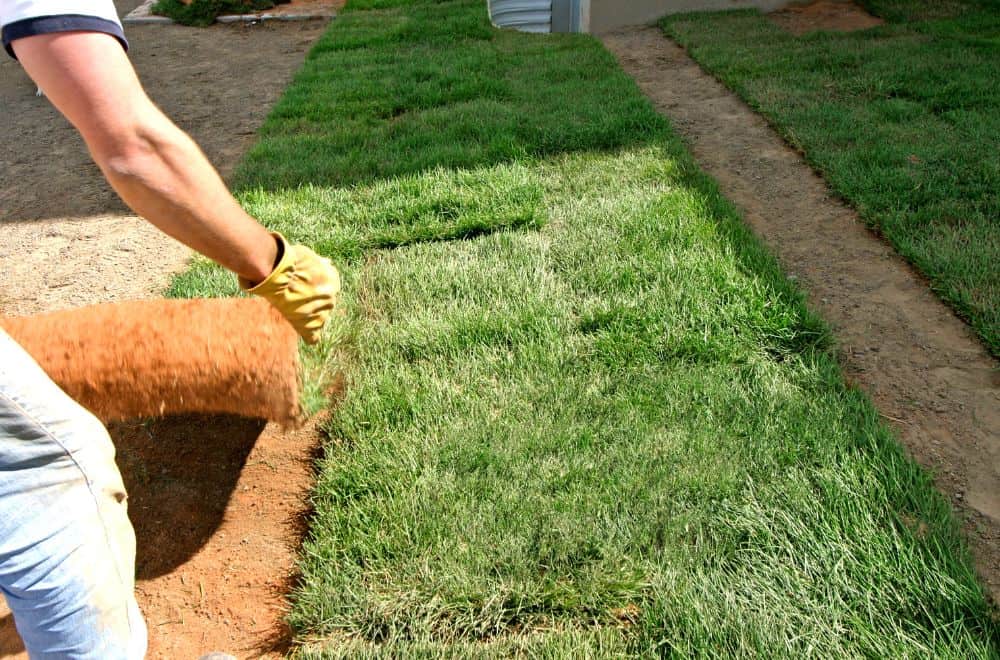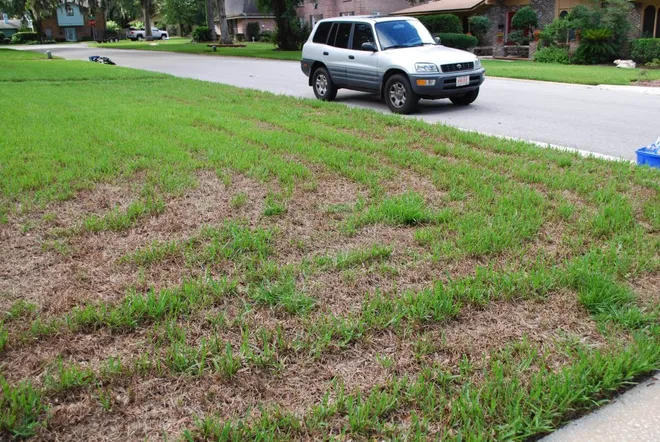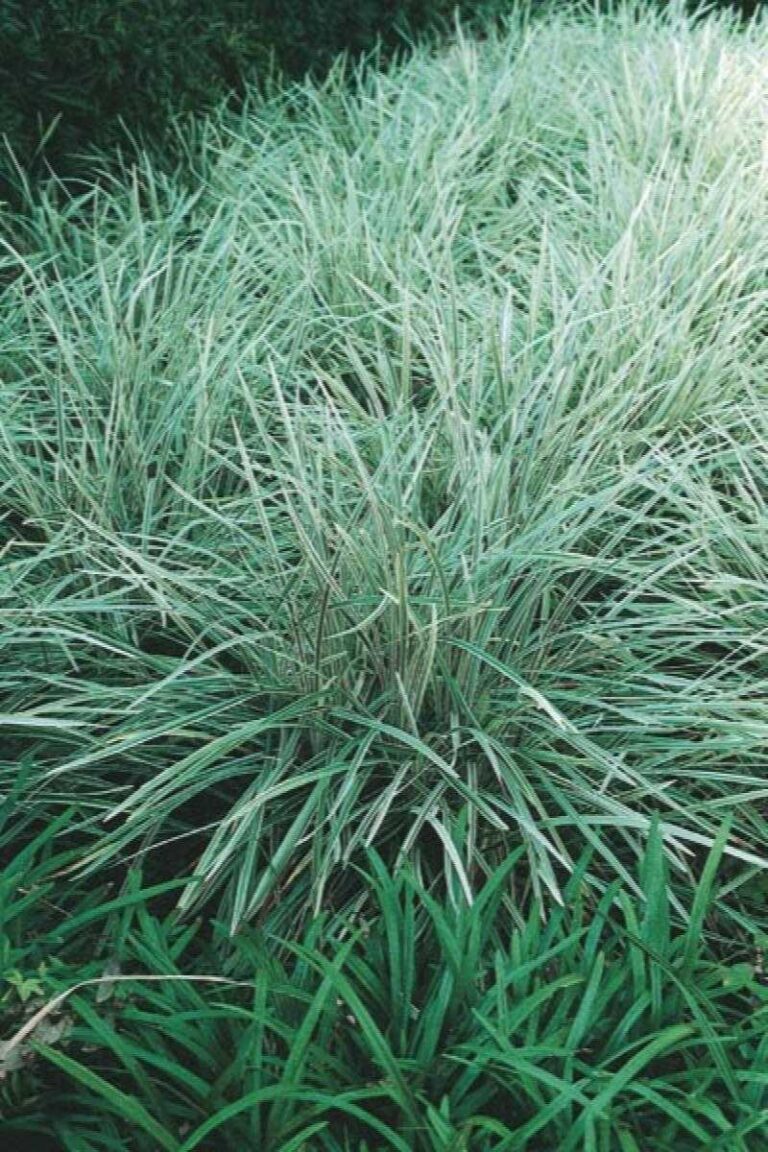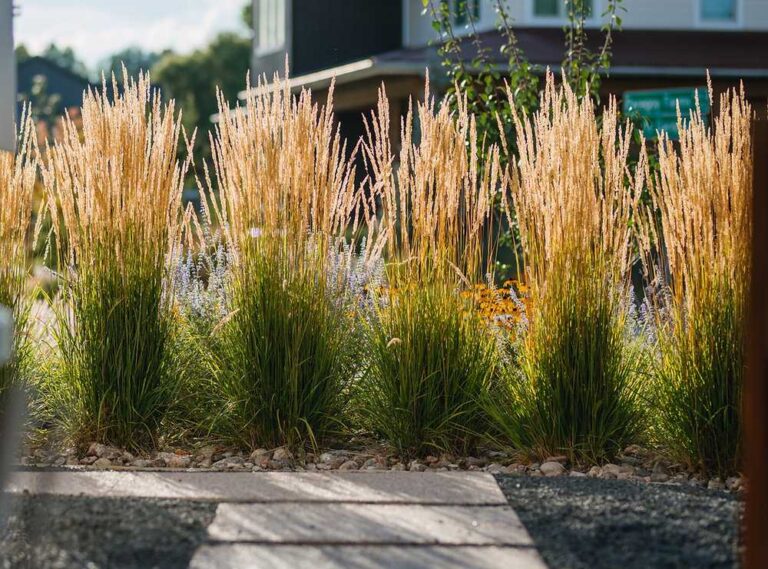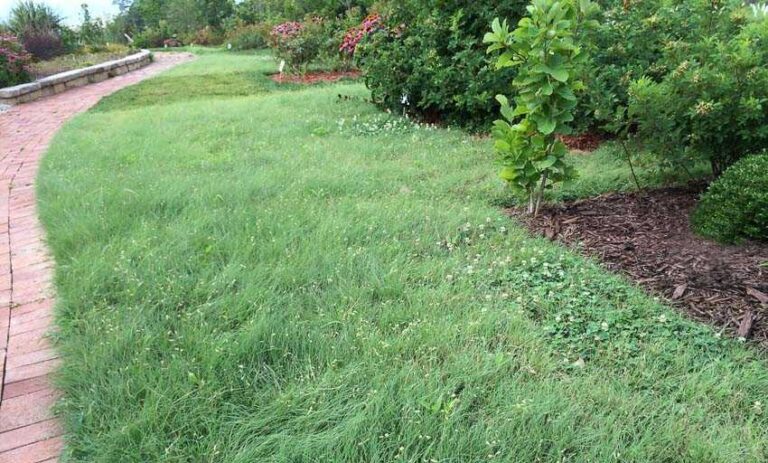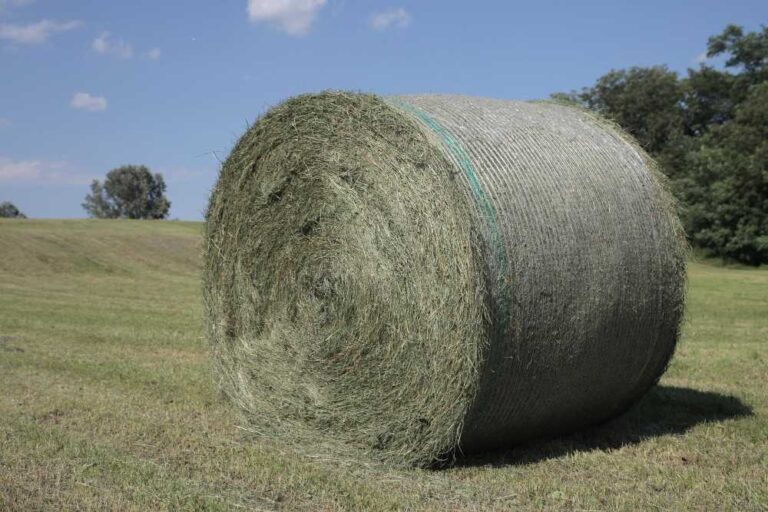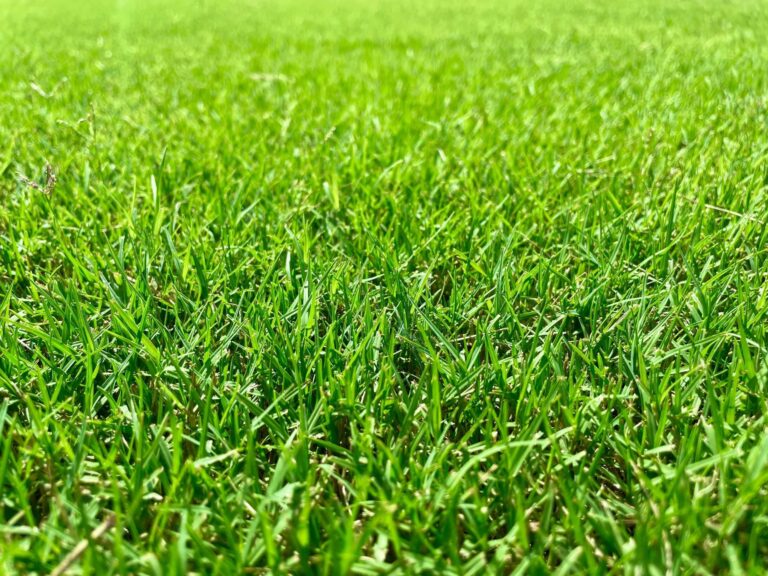Pallet of Sod Weight and Coverage |Per Roll and Pallet
Like every homeowner, you certainly dream of having a lush, green lawn. For most people, this involves preparing the lawn and planting grass seeds. While it is an effective method, installing sod in your lawn also has proven results. Choosing sod over grass seeds is an easier way of achieving an instant lawn, but it comes with some difficulties.
For starters, as you order your sod, you’ll be asking yourself how much does a pallet of sod weigh, the costs, and how much you should order to cover your entire lawn.
How Much Does a Pallet of Sod Weigh?
You should understand the weight of the pallet of sod before scheduling its pickup. With this, you can be sure that your vehicle can handle sod transportation. The weight of a pallet of sod varies depending on several factors. One is the type of sod and the pallet used.
Pallets come in different sizes, which affect the overall weight. Sods are also available in different shapes and sizes, also affecting the overall weight of your pallets of sod. Most pallets can hold 4000 to 500 square feet of sod, with some containing large rolls of 600 to 700 feet.
That said, the weight of the pallet primarily depends on how much sod it can hold. You should ask this before placing your order. However, sod in pallets is packed in rolls. This explains why many people want to find out how much does a roll of sod weigh. Apart from the number of rolls in the pallet, other factors also affect its weight.
For instance, the type of wood used in making the pallet, the amount of soil attached to the sod, and if the sod has moisture. Wood isn’t a significant factor, but it affects weight. The amount or thickness of soil also contributes to the sod’s overall weight. Sods with more soil grow faster but weigh more. Sod should also stay moist to stay alive, and additional moisture adds weight.
That said, considering all these factors, the average weight of a pallet of sod is approximately 2000 pounds. However, large-sized pallets with thick rolls of sod and moisturized soil can weigh up to 3000 pounds.
What are the Square Feet in a Pallet of Sod? – crabgrass lawn
Like the weight, the square feet in a pallet of sod varies depending on the cut of sod. Big rolls are about 500 to 700 square feet, mini rolls range from 400 to 500 square feet, while slabs cover between 380 and 510 square feet. Below are the three common types of sod cuts that determine the square feet:
Big Rolls
Big sod rolls are designed for large lawns, such as athletic fields, golf courses, and commercial properties. Standard measurements for big rolls are 40 inches in width and 100 feet in length. In most cases, the width isn’t a continuous 40 inches long. It often comes in two 20-inch-long sections that you can bind together with biodegradable netting.
The standard pallet sizes for big rolls are 500, 600, and 700 square feet. A single pallet packs between 50 and 70 rolls of sod. Based on these measurements, you’ll need specialized machines or tractors to install big rolls in your lawn. As such, you should engage a professional landscaper for the best results.
That aside, the common grass sold in big rolls are Kentucky bluegrass and tall fescue grass. You should know the pallet size and weight before purchase as it affects the price and choice of transportation.
Mini Rolls
These are small versions of the big rolls that are easy to handle. They can be used in small areas, residential, and commercial properties. Mini rolls are 60 inches wide and 20 inches long, covering approximately 10 square feet each. Unlike the big rolls, they are stored in pallets of 450 and 500 square feet, depending on the grass variety.
Because of their relatively smaller size, mini rolls fit onto 400-square-foot pallets. As such, 450 square foot pallets can hold at most 90 rolls, while 500 square foot pallets can hold 100 rolls.
Slabs
Sod is typically harvested as slabs. Sod slabs are 16 inches wide and 24 inches long. Each piece weighs 10 to 11 pounds and covers 2.5 square feet. Slab pallets are typically 400 to 500 square feet, and common grass types for slabs include Bermuda, zoysia, and centipede grass.
How Much Does a Pallet of Sod Cost?
Besides the weight and coverage, you should also know the sod price when planning your lawn renovations. Most homeowners part with an average of $300 per pallet of sod for their lawn. However, this isn’t a fixed price as the cost varies depending on several factors. For starters, sod costs an average of $0.60 per square foot. You should use this as the base value when calculating the total costs required to sod your lawn.
That said, the price of sod depends on the following factors:
1. Location and climate zone
Your geographical location and climate zone determine the grass you can grow on your lawn. Besides, suppliers stock sod varieties well-suited for your region’s climate. Having such a limited selection means local growers will offer the best prices.
However, suppliers may charge more for a pallet of sod in regions that enjoy multiple climatic conditions, like California, because of the different sod species available. Ideally, sod climatic conditions are grouped into these zones:
- Warm season grasses – Bermuda, zoysia, and St. Augustine grasses grow well in hot conditions. These sods are grown in the southernmost states of the U.S.
- Cool season grasses – sods with grasses like ryegrass, fescue, and Kentucky bluegrass tolerate long periods of cool weather. These conditions are primarily experienced in the northern half of states of the U.S.
- Transition zone grass – sods with grasses that tolerate a mix of both climatic conditions.
You should consult your local climatic conditions before buying sod for your lawn. Remember that the type of grass best suited for your region directly influences the overall costs.
2. Grade
The cost of a pallet of sod also varies depending on the grade. Sod primarily differs by how well they attach to lawn soil and resist diseases once transplanted. The three classifications include:
- Economy or utility grade sod – is the least expensive sod that costs $0.2 to $0.3 per square foot. Though affordable, utility-grade sod is fragile and requires a lot of maintenance and protection from diseases.
- Mid-grade sod – priced at $0.5 to $0.65 per square foot. They have above-average root systems and can resist diseases better than utility-grade sod.
- High-grade sod – is the costliest and priced at 40.7 to $0.8 per square foot. It is the most expensive sod grade that grows healthily, has strong root systems, and is disease-resistant.
It goes without saying that you’ll pay more for high-grade sod. However, this assures faster growth and minimal maintenance measures to protect your lawn from diseases.
3. Type of sod
Sod prices also differ for different grass types and species. For starters, you’ll spend more to get sod species that aren’t common in your area, even if they can adjust to your region’s local climatic conditions. Below is a breakdown of the average prices of popular sod types and the ideal climatic conditions for each.
St. Augustine
This is a popular grass in Carolina, Texas, and Central California. You’ll have to spend between $160 and $340 per pallet to have this wide-bladed grass on your lawn. This translates to $0.35 – $ 0.75 per square foot. With such costs, you should know the following about this type of grass:
- Adapts well to heat, salty water, and drought
- Grows well in shaded areas
- Easily overpowers weeds and resists pests
Unfortunately, St. Augustine can’t tolerate extra low temperatures below 10 degrees Fahrenheit. They also need heavy watering during hot seasons and shouldn’t be grown in lawns with high foot traffic.
Bermuda grass
Bermuda grass is a common lawn grass that grows in all soil types. Bermuda sod retails at $160 to $385 per pallet, translating to an average of $0.60 per square foot. You should consider Bermuda grass for the following reasons:
- Grows well in drought conditions
- Can handle heavy foot traffic
- Recovers and repairs quickly
Unfortunately, Bermuda is highly invasive. Therefore, it should be maintained regularly to avoid overreaching. It also increases allergy symptoms for allergic people and pets.
Bahia grass
Bahia grass costs between $90 and $180 per pallet. This makes it wallet-friendly and perfect for warm regions. You should consider Bahia grass if you are new to lawn care because of the following reasons:
- It can tolerate low mowing and under-watering
- Thrives in all soil types
- Grows in sunny and shady areas
- Can withstand heavy foot traffic
The only issue with Bahia grasses is they form large and uneven seed heads during summer, spring, and fall.
Kentucky bluegrass
Kentucky bluegrass sod retails at between $160 and $180 per pallet. It is a cool season grass that gives off a lush, green appearance. If you can afford this grass type, you should consider it for the following benefits:
- Can tolerate shade
- Grows in uniform, dark green color
- Tolerates heavy foot traffic
Unfortunately, Kentucky bluegrass can’t withstand heat and drought. It is also high maintenance, which makes it unsuitable for some homeowners.
Ryegrass
Ryegrass is a common grass type that thrives in cold weather. You’ll get a sod of this grass for $160 to $295 per pallet. Ryegrass tolerates close mowing, needs minimal maintenance, and isn’t invasive. However, you should maintain it regularly to prevent it from turning brown during warm seasons.
Zoysia
Zoysia grass is widely characterized by its fine blades. It is a common grass in golf courses that can tolerate varying amounts of water and sunlight. Zoysia costs between $180 and $270 per pallet or $0.5 per square foot. If you want to plant this grass, ensure your lawn is in an open, warm, and sunny area.
Some new breeds of zoysia grass can thrive in cold regions. The zoysia emerald, retailing at $240 per pallet, and zoysia zenith, which costs $385 per pallet, adapt to cold conditions.
Fescue
Fescue grass costs between $160 and $295 per pallet. Fescue is a common lawn grass in the U.S. and thrives well in cold climates. It does better in places where Zoysia, Bermuda, and St. Augustine can’t thrive. It is a good companion for wildflowers, tolerates poor soil conditions, and the tall variety can handle heavy foot traffic. However, the grass becomes dormant if temperatures rise above 90 degrees Fahrenheit.
Centipede grass
Centipede grass is probably the costliest lawn grass you will come across. The price per pallet is between $340 and $385, translating to an average of $0.80 per square foot. However, you can find better prices from local farms or if you buy directly from the nursery.
Centipede is primarily a warm season grass that creates a dense lawn. It grows in sandy and acidic soil types. is heat/drought tolerant, and weed/pest resistant. Unfortunately, it can’t handle heavy foot traffic, especially during winter.
How to Estimate Sod Prices
With the above-mentioned, you should easily find the total costs of sod for your lawn. Simply measure your yard to determine the square footage, then divide the total square footage of your lawn by 450 to determine the number of pallets needed. You should consider buying at least 10% more than the required pallets of sod to cover for wasted material during installation.
Endnote
Knowing the specifics of a pallet of sod is helpful when planning your lawn project. Before ordering from the farm or supplier, you should understand the sizing, weight, and other specifics. You should also look for high-quality sod varieties for a lush, green lawn. Remember that proper transportation, installation, and maintenance is key.
